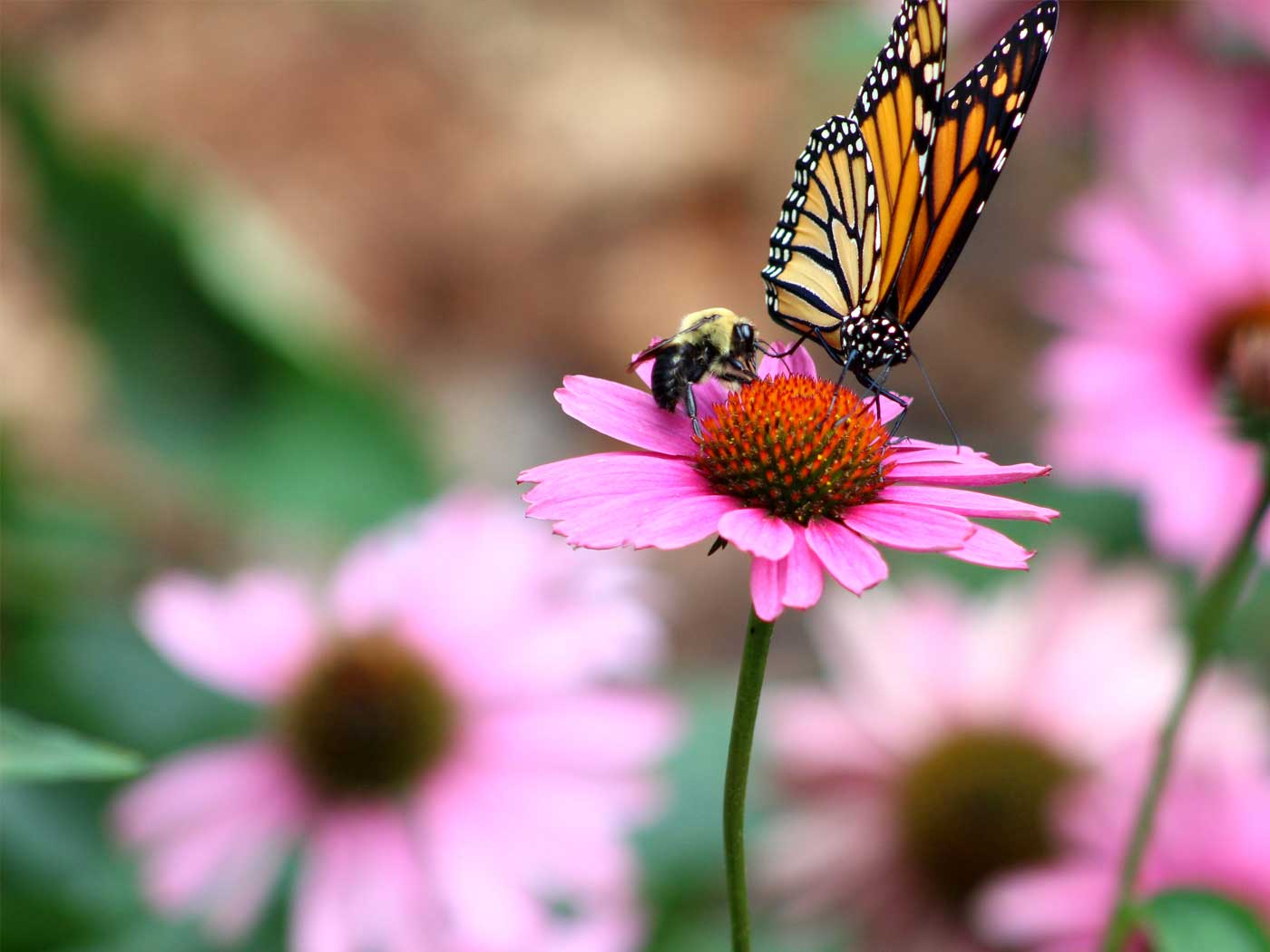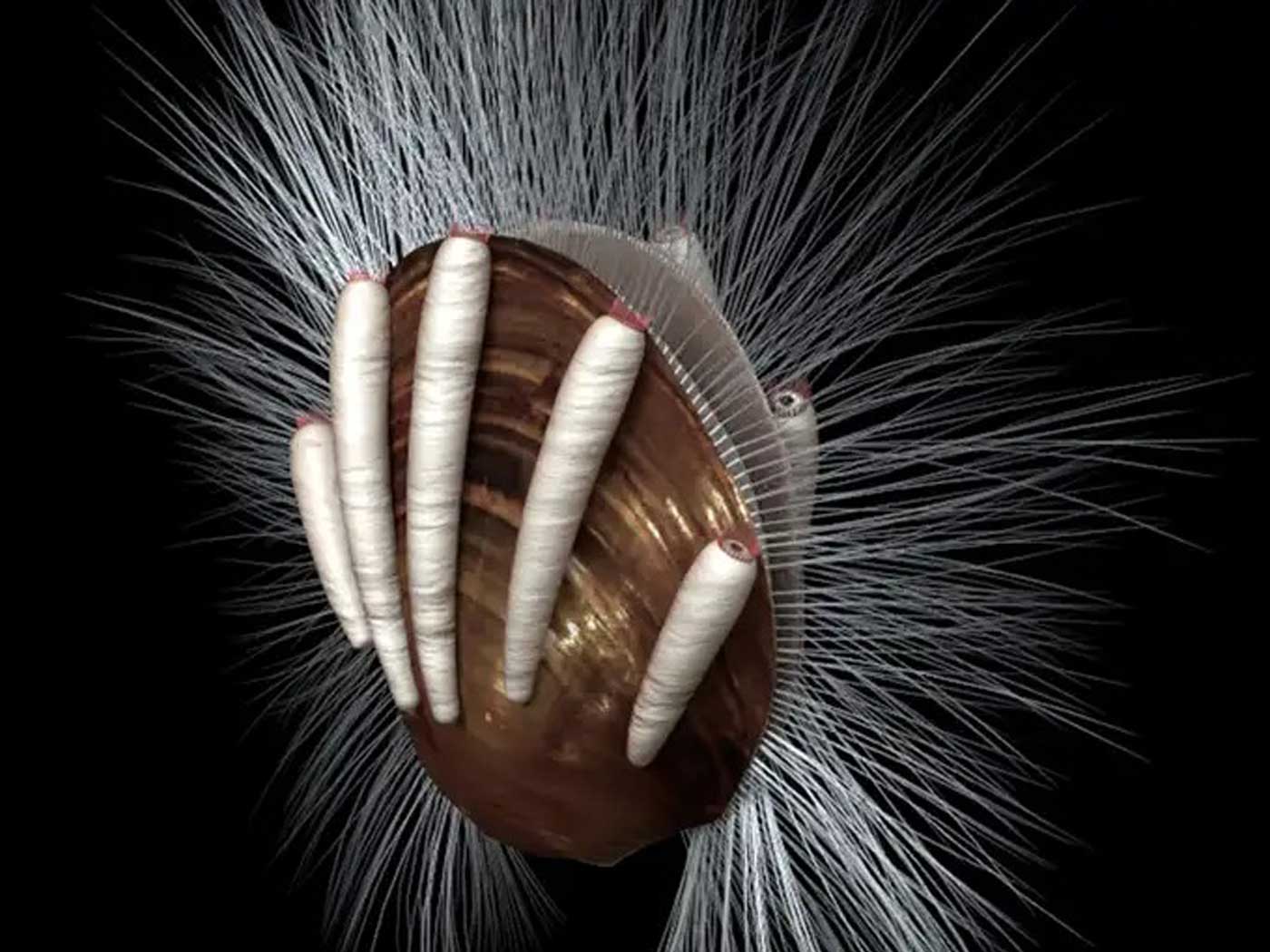The team published in the open access journal Scientific Reports. After pointing out evidence “that the skeletons were buried relatively rapidly at the same time,” they concluded that “our data show herd behavior.”1
Scientists who study herd behavior notice how all kinds of animals panic when stressed. For example, even ants fleeing from chemicals try to cram themselves through just one of two equally handy exits.2 Possibly these dinosaurs herded when panicked also, but what would have caused it? More to the point, where did behaviors like this come from?
Since large animals and their eggs don’t get buried and fossilized together today, it stands to reason that conditions were very different at some point in the past. The silt and sand sediments that surrounded and overcame these dinosaurs offer a clue. It’s easy to imagine Mussaurus individuals herding from onrushing walls of moving water and muds—like from a giant Flood.3,4
But these study authors’ suggestions about the origins of herd behavior may stretch the imagination. They restricted their scenarios to evolutionary terms, either unwilling or unable to consider intentional origins.
Traits from Traits?
For example, they wrote, “Social behaviour may represent a previously unrecognized factor that positively influenced the evolutionary path of this clade [family] under a correlated progression model (in addition to other anatomical and physiological traits that characterize sauropodomorph body plan).”1
The correlated progression model is a fancy phrase for “a scenario [that] can be envisioned.”5 In other words, it’s pure speculation. These evolutionists suggest that sets of creaturely traits led to natural processes selecting more traits until the whole suite of traits emerges—but two facts starkly contradict this story.
First, animal fossils already have all their traits. Where are all the fossils that should show an undisputed subset of its traits? Second, where are all the scientific papers that describe animals today acquiring new traits from scratch through a “correlated progression” of pre-existing sets of traits?
Are these dinosaur researchers really saying that sets of traits cause other sets of traits to evolve? If that’s how it works, then past and present examples should abound.
Dinosaurs as Parents
The Mussaurus study authors also used the word “gregarious.” This describes social behavior—the most fundamental of which is parenting. We have no live dinosaurs to observe, so we can’t study how well they may have watched their young. If they did parent, then why not consider the possibility that a Creator gave them the skills?6
Any anti-Creator option bears the big burden of showing steps that led to behaviors. Parenting includes innate software that 1) discerns self from non-self, 2) distinguishes offspring from non-offspring, 3) includes knowledge of the offspring’s needs, 4) expresses a desire to meet those needs, and 5) interfaces between these four immaterial traits and the animal’s material body so it can physically attempt to meet its offspring’s needs. How would these specifications happen?
But with a Creator off the table, one must toss up whatever story might stick to explain gregarious behavior. In this vein, the study authors suggested that “seasonal environments…may have influenced the evolution of this features [sic].”1
Are these dinosaur researchers really saying that seasons caused parenting to evolve? If that’s how it works, then where are the examples?
If they really had a clue to the origins of behaviors, they would not have flipped from invoking influence from internal traits to invoking influence from external conditions like seasons.
Unlike tentative and contradictory speculations about nature-only animal origins, the Bible confidently affirms God as the ultimate engineer. He would have crafted creatures with their behaviors.
References
1. Pol, D., et al. 2021. Earliest evidence of herd‑living and age segregation amongst dinosaurs. Scientific Reports. 11: 200023.
2. Altshuler, E., et al. 2005. Symmetry Breaking in Escaping Ants. The American Naturalist. 166 (6): 643–649.
3. Clarey, T. 2013. Dinosaurs Swimming out of Necessity. Creation Science Update. Posted on ICR.org April 26, 2013, accessed October 27, 2021.
4. Certain secular paleontologists have suggested that some dinosaurs laid their eggs due to stress. The study authors did not mention this possibility even given its consistency with Mussaurus herding due to catastrophic muds
5. Barrett, P.M. 2014. Paleobiology of Herbivorous Dinosaurs. Annual Review of Earth and Planetary Sciences. 42: 207-230.
6. After all, the Creator Himself directly credited Himself with excluding parenting behavior from ostriches (Job 39:13-18). These birds remain lousy parents to this day. If parenting arose because it helped certain animals survive, then why did it not arise within ostriches who still survive despite poor parenting?
2. Altshuler, E., et al. 2005. Symmetry Breaking in Escaping Ants. The American Naturalist. 166 (6): 643–649.
3. Clarey, T. 2013. Dinosaurs Swimming out of Necessity. Creation Science Update. Posted on ICR.org April 26, 2013, accessed October 27, 2021.
4. Certain secular paleontologists have suggested that some dinosaurs laid their eggs due to stress. The study authors did not mention this possibility even given its consistency with Mussaurus herding due to catastrophic muds
5. Barrett, P.M. 2014. Paleobiology of Herbivorous Dinosaurs. Annual Review of Earth and Planetary Sciences. 42: 207-230.
6. After all, the Creator Himself directly credited Himself with excluding parenting behavior from ostriches (Job 39:13-18). These birds remain lousy parents to this day. If parenting arose because it helped certain animals survive, then why did it not arise within ostriches who still survive despite poor parenting?
Image: Mussaurus
Image Credit: Illustration by Davide Bonadonna
*Dr. Brian Thomas is a Research Scientist at the Institute for Creation Research and earned his Ph.D. in paleobiochemistry from the University of Liverpool.





















